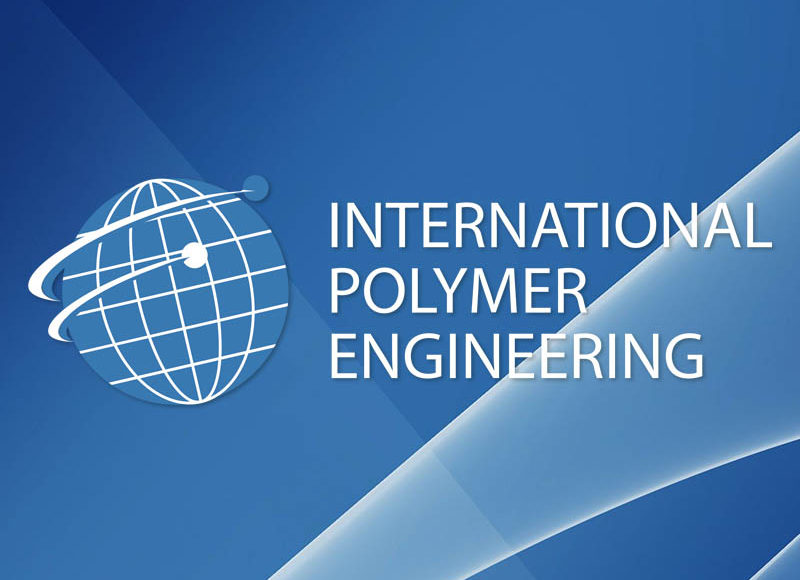
ePTFE, a non-woven, open pore Fluoropolymer plastic, is suitable for the critical demands of medical applications and other industries.
Polytetrafluoroethylene (PTFE) is a fully fluorinated polymer with exceptional chemical and physical properties: excellent chemical resistance, high temperature stability, good dielectric and non-stick properties and exceptional resistance to degeneration under severe conditions.
PTFE was discovered by accident in 1938 while an engineer was attempting to make CFC refrigerant. This unique combination of carbon and fluorine created the highest electronegativity of all known molecules at the time. The relationship between the bond polarity of carbon and fluorine combined to provide the lowest surface energy among organic polymers. It is also the most chemically resistant organic polymer, is thermally resistant, and offers a high melt temperature as compared to other highly flexible plastics.
PTFE is manufactured into a variety of sheets, tapes, rods, and tubes through a paste extrusion process beginning with fine powder polytetrafluoroethylene. Expanded PTFE (ePTFE) offers additional properties of PTFE; ePTFE is soft, flexible and porous.
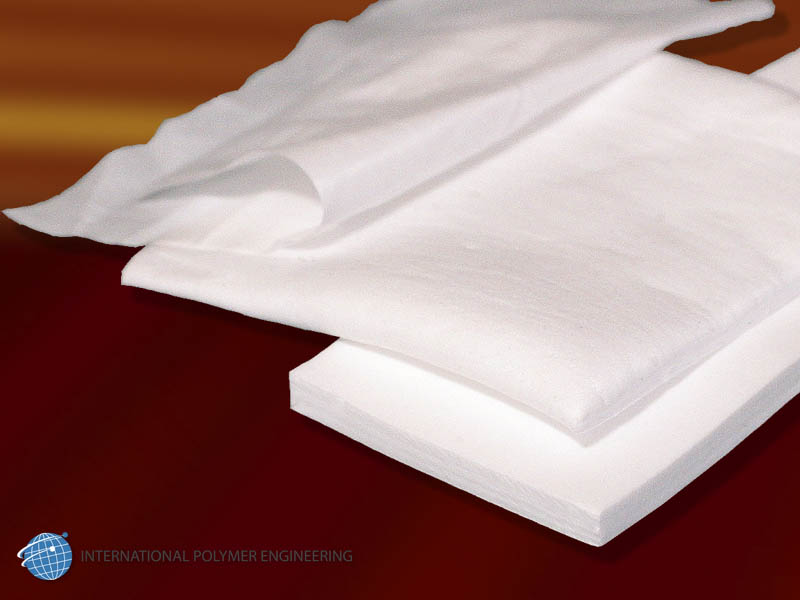
ePTFE FluoroFlex™ Sheets 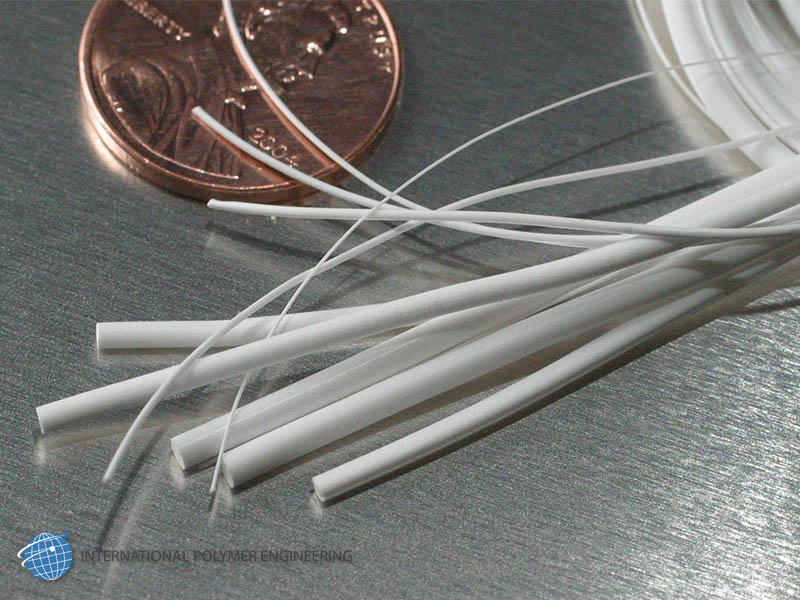
ePTFE FluoroFlex™ Rods 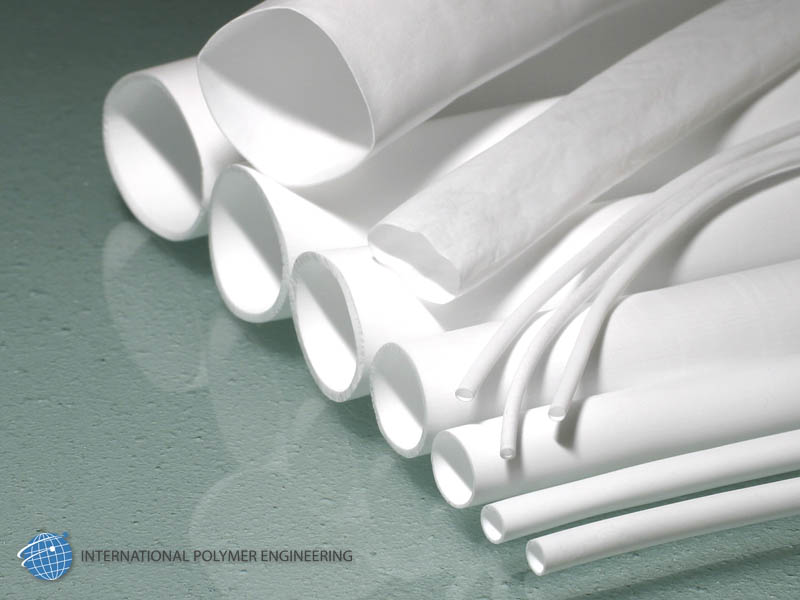
ePTFE FluoroFlex™ Tubes
The microstructure of porous PTFE is variable and is pre-engineered as a function of varying heat and mechanical stretching after the extrusion process. The expansion process is accomplished without the use of soluble fillers, foaming agents or chemical additives. This retains the non-reactive properties of PTFE.

Once extruded into a sheet or tube, un-sintered PTFE is heated anywhere from 35–320ºC and is stretched at various rates (10% per second to 40,000% per second). Expansion can be done by uniaxial or biaxial stretching. The stretched part is heated to a temperature above 330ºC while being restrained from shrinking. This heat treatment is called amorphic locking, after which the part is allowed to cool. The expansion process results in a matrix interconnection of large number of nodes and fibers.
The microstructure of ePTFE can be described as roughly parallel-running clumps of material (nodes) connected by perpendicular fibers. The large surface area of the fibers provides strength. The fibers provide a fine matrix between the nodes creating a chain like non-woven structure. Fibers connected between the nodes are called fibrils. Porosity is a function of the distance between the nodes. As the internodal distance decreases, porosity decreases. Conversely, as the internodal distance increases, porosity increases. The long axis of the nodes is perpendicular to the direction of stretch.
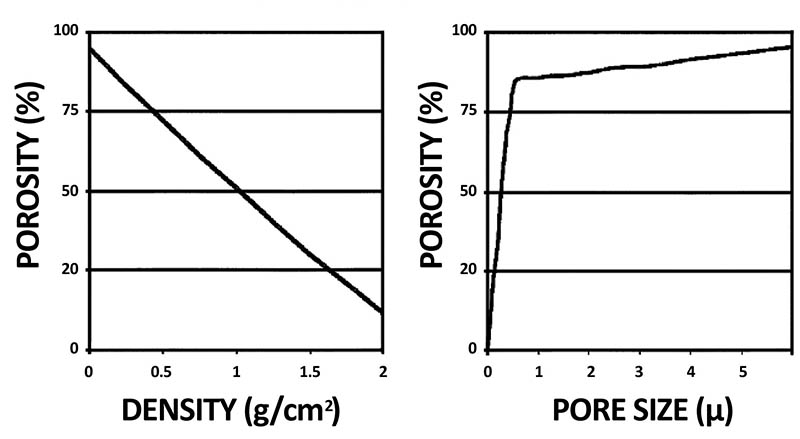
The fibrils are wide and thin in cross-section, with a maximum width of 0.1 µm and a minimum width of one or two molecular diameters in the range of 0.005–0.01 µm. The nodes vary in size from less than one micron to 400 µm, and are determined by the mechanical stretching.
ePTFE can act as a semipermeable membrane by allowing the wetting liquids through while being impermeable to the non-wetting fluids. A gas-saturated membrane in contact with the gas and water will allow gas through and keep water out as long as the pressure of water does not exceed a threshold pressure that is determined by the node and fiber structure.
A combination of physical and chemical properties makes ePTFE a great candidate for multiple critical applications. ePTFE is micro-porous, biocompatible, implantable, and air permeable. It also offers a low friction coefficient, is chemically inert and UV resistant, and water tight under low pressure. Other properties include a low dialectic constant, hydrophobic, and soft and flexible. Applications include air/fluid filtration, aeration, critical fluid transportation, and electrical insulation.
These physical and chemical properties can be critical to a variety of medical and non-medical applications in the form of tubes, rods, sheets, and specialty profiles. Current uses consist of synthetic arteries, implantable barrier membranes, hernia patches, facial implants, instrument covers, delivery tubes, among others.
In long-term medical applications, materials made from ePTFE can provide an anchoring system that promotes cellar ingrowth into the micro-structure with low extractable, high chemical resistance. ePTFE has been cited in medical research papers for its endothelization and thrombogenic properties.
Either for covering implants as a barrier or providing a soft supple capsule for implantation, ePTFE is unique. ePTFE does not contain any elastic properties that can alter flexural performance and stability of components or instruments. The qualities of high flexibility, chemically inert, biocompatibility, and low coefficient of friction provides unique and uncompromised performance of this material.
As an example, a flexible medical instrument cover for short-term application can be used to cover an articulation or spring jacket, providing a low drag insertion as well as a blood barrier, with little compromise to the flexural properties required of flexible instruments. The low dielectric and insulation properties can also be useful with devices that deliver heat or electrical impulse during use.
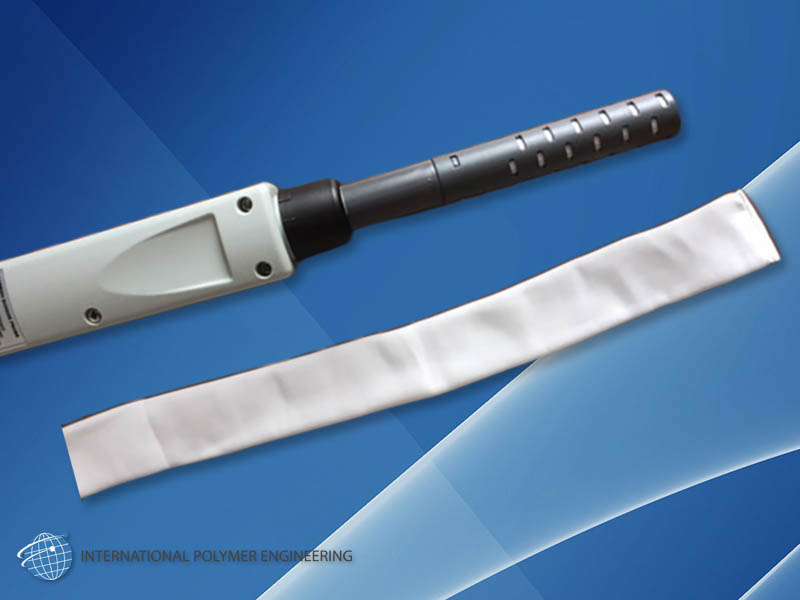
For industrial applications where high temperature, hydrophobic, chemical inertness, and high lubricity are needed, ePTFE has proven to be an excellent material for aeration, high-temperature sensor covers, low-pressure critical fluid passage, high-temperature gasket, chemical barriers, and nonstick cover applications.
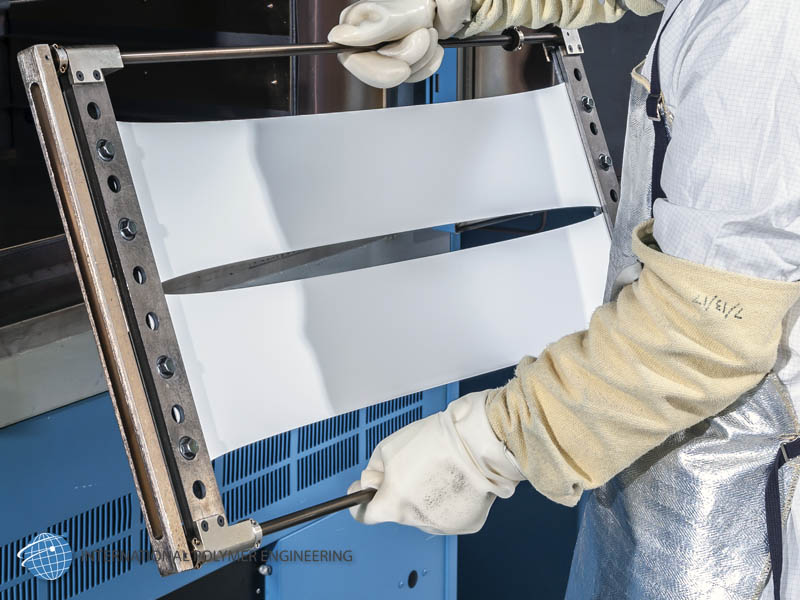
When looking for a highly flexible, lubricious, chemically inert, hydrophobic plastic for critical applications, very few non-woven plastics can meet or exceed the flexural properties needed in barrier, instrument delivery, and bending sections of typical medical implants and industrial instruments. While typical PU, silicone, and nylon-type materials rely on compression and elongation of the plastic to perform flexion, which can create resistance to the flexing of various application demands, the ePTFE micro structure relies on the gentle folding/collapsing of the fibers of the minor flexural diameter without pinching and bunching or dimensional changes to the extruded profile.
IPE uses fillers for color, alters mechanical properties, and combines multiple layers of porous PTFE to improve material strength and performance. The material can be collapsed longitudinally without significant change in external diameter. Pore structure and physical dimensions for the exacting amount of tissue interaction or barrier application can be custom manipulated.
International Polymer Engineering is one of the only plastic extruders who specialize in manufacturing custom ePTFE FluoroFlex™ and thermoplastic products. On top of our state-of-the-art rod, tube, and sheet extrusions we also offer bending, flaring, precision milling, and bonding; as well as design & development, material testing & analysis, and clean room processing. We are also ISO 13485:2016 certified to ensure stringent quality standards. IPE is your total solution provider.
For more information on our company and offerings please visit our website at www.ipeweb.com; or email us directly to get started today!
